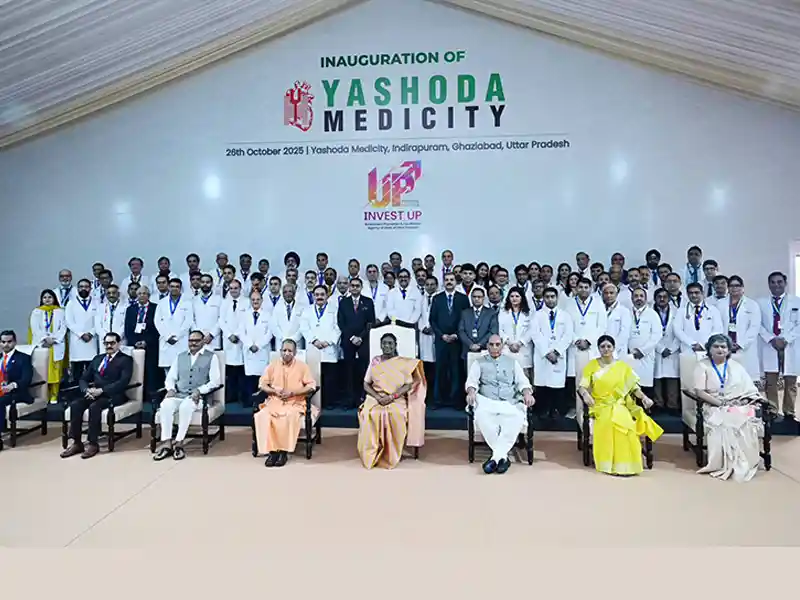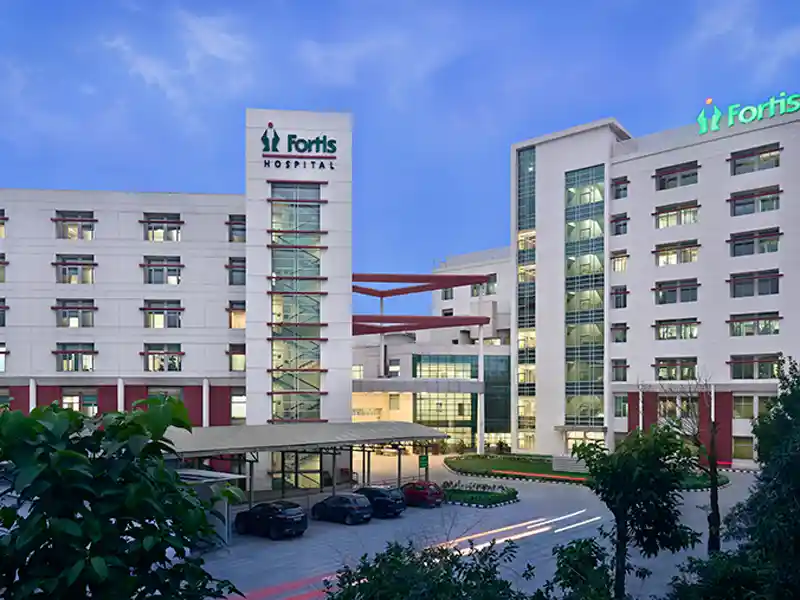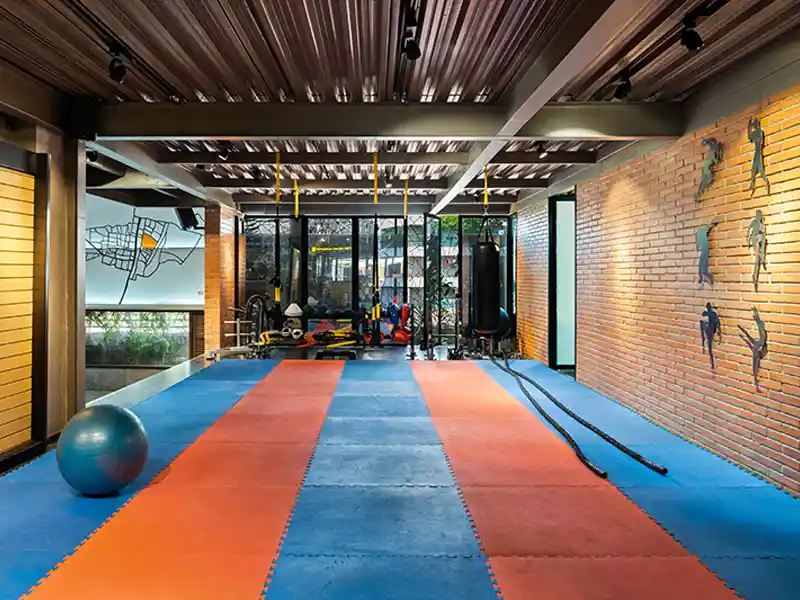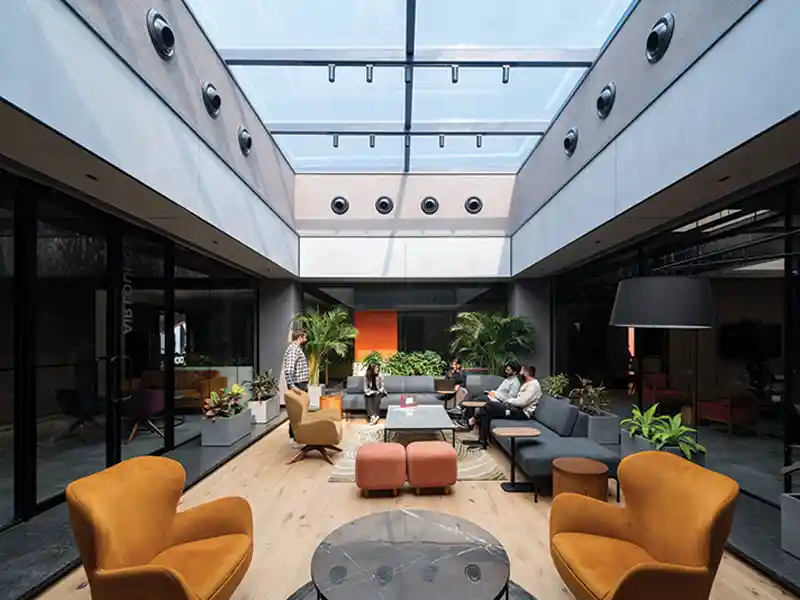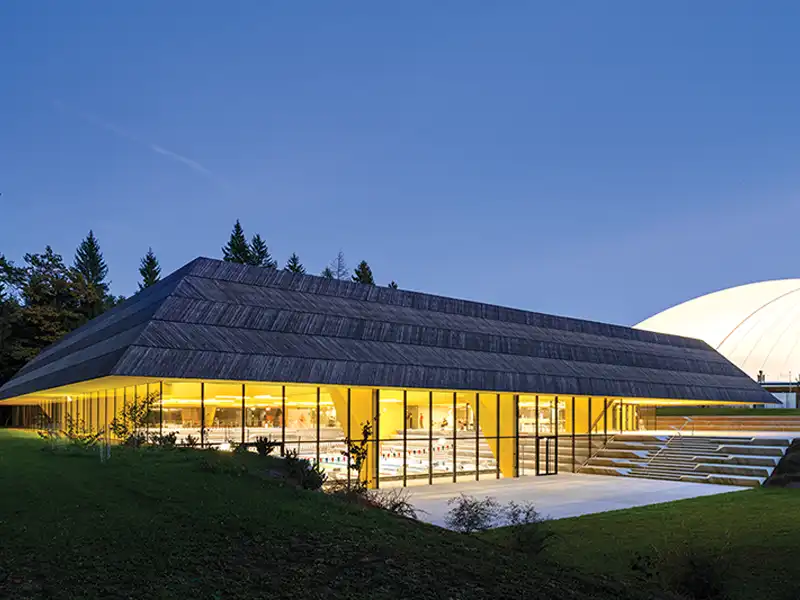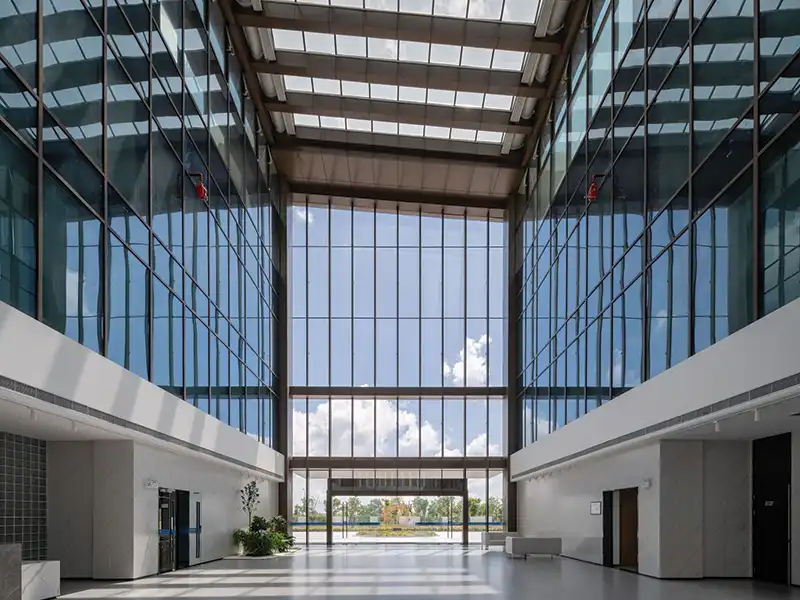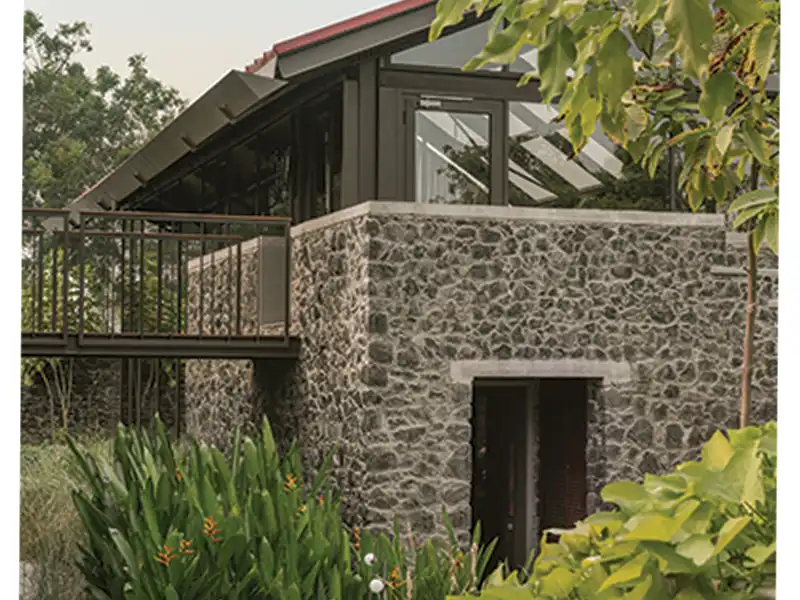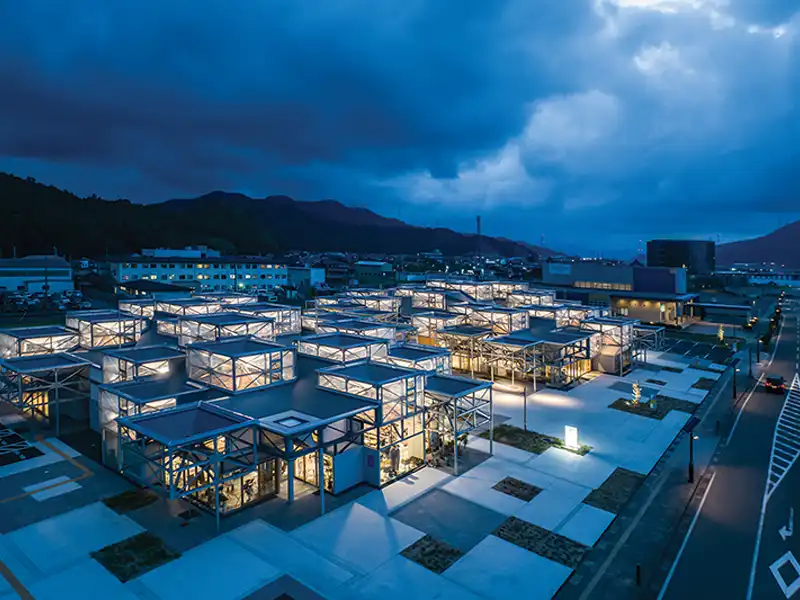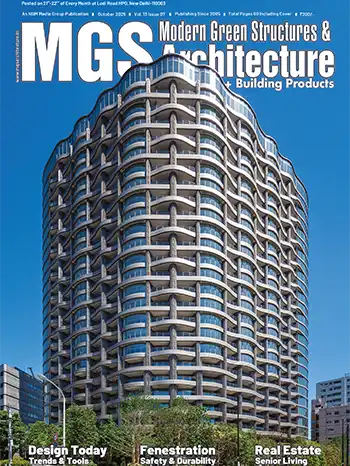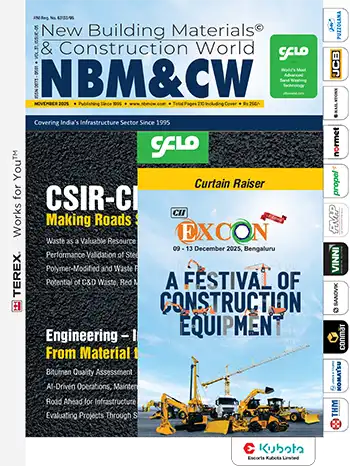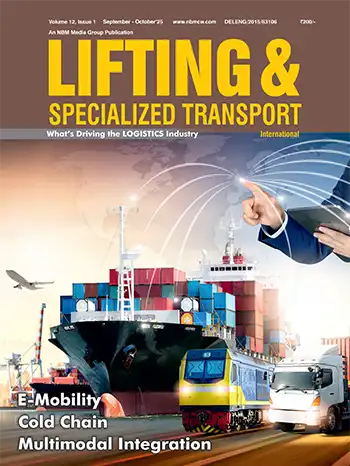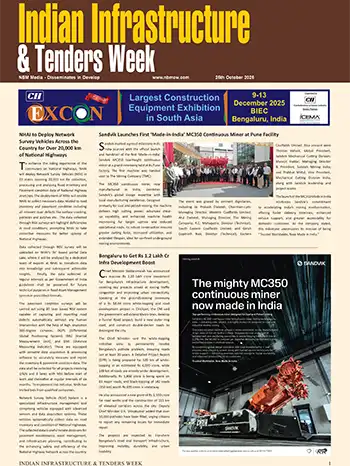
Godrej Properties Ltd. (GPL), one of India’s leading real estate developers, has unveiled India’s first 3D-printed G+1 villa at Godrej Eden Estate, Maan Hinjewadi, Pune in association with Tvasta Engineering. Leveraging cutting-edge 3D printing technology, the company has achieved a significant milestone to set new benchmarks in design, efficiency, and sustainability and marks a transformative moment for the real estate industry. The villa, constructed using additive manufacturing techniques, demonstrates the potential of 3D printing in revolutionizing home construction. The project, which commenced in June 2024, was successfully completed in just four months, underscoring the speed and efficiency of 3D printing in construction. By employing computer-generated designs, the structure was built layer by layer with specialized materials, significantly reducing construction time, material waste, and labour costs, while ensuring precision and durability. This architectural innovation blends modern aesthetics with sustainable design, introducing elements that redefine contemporary living spaces.
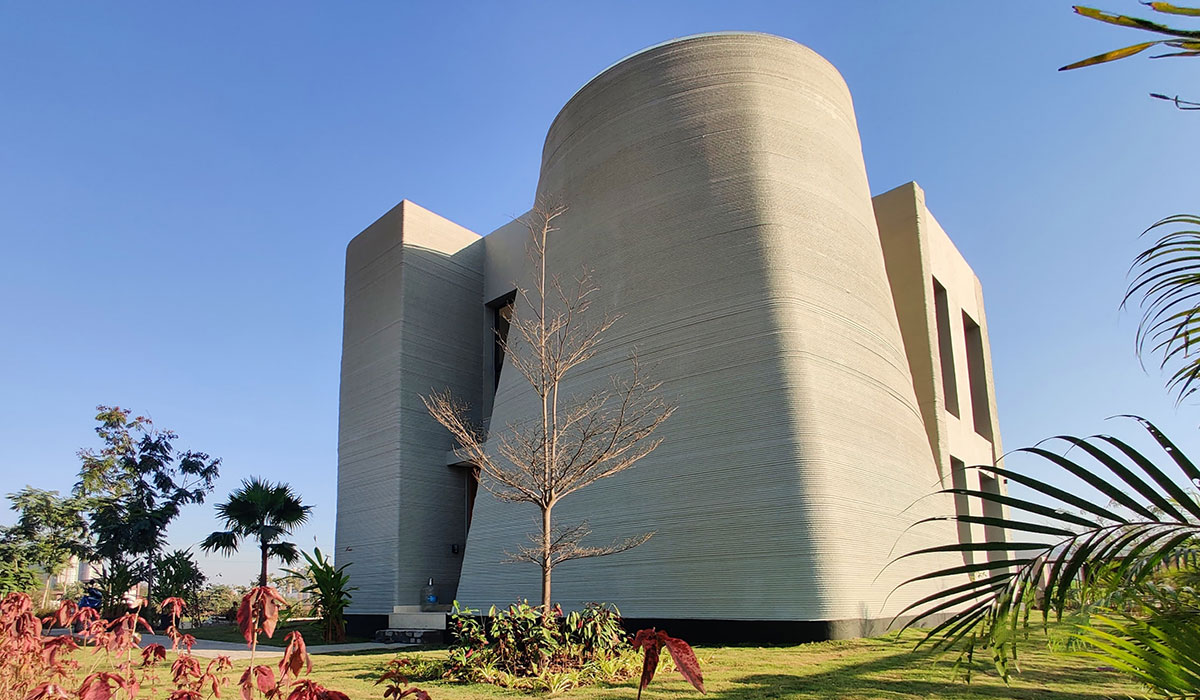
The 3D-printed villa stands out with its organic and fluid form, crafted using advanced algorithms that enhance both structural strength and visual elegance. A striking architectural design allows for maximum natural light, reducing energy consumption while creating an open and expansive ambiance. Inside, a sculptural staircase replaces the conventional straight flight, adding a dynamic and artistic touch to the interiors. Inspired by nature, the villa’s flowing lines blend harmoniously with its surroundings, promoting a sense of well-being and balance. The layered pattern on the exterior—a hallmark of 3D-printed construction—highlights the precision of the technology and lends the structure a distinctive, futuristic appeal.

This achievement sets the stage for wider adoption of 3D printing in Indian real estate, paving the way for smarter, more sustainable cities. By integrating advanced design principles with environmentally conscious construction, Godrej Properties continues to redefine modern living and shape the future of housing in India. Vikas Singhal, Chief Operating Officer, Godrej Properties, said, "At Godrej Properties, we are committed to pushing the boundaries of innovation, and sustainability in real estate. The unveiling of India’s first 3D-printed villa at Godrej Eden Estate is a testament to our vision of pioneering futuristic, efficient, and eco-friendly construction methods. 3D printing has the potential to transform homebuilding by making it faster, more precise, significantly more sustainable, and incorporates energy-efficient features that reduce the project’s environmental impact. We are proud to introduce this technology to the Indian real estate sector and look forward to exploring its further applications in the future."
“Efficient building designs help in minimizing construction waste and maximize material reuse. Thoughtful planning, modular construction, and optimized layouts help in reducing material usage. BIM (Building Information Modeling) optimizes material planning, while on-site segregation facilitates reuse and responsible disposal. We have integrated advanced technologies to enhance material efficiency and sustainable practices like low-waste formwork and 3D printing to further improve efficiency.
“By combining technology with responsible design, we are actively reducing waste and improving sustainability across our projects. Innovations like 3D printing, for instance the 3D-printed G+1 villa at Godrej Eden Estate exemplifies this technique, utilizing computer-generated designs to deposit materials layer by layer with precision. This method significantly reduces excess material usage and virtually eliminates traditional construction waste, enhancing resource efficiency and promoting sustainability," he added.
The villa’s architectural design employs advanced algorithms to create structurally sound yet resource-efficient forms, ensuring minimal environmental impact.





